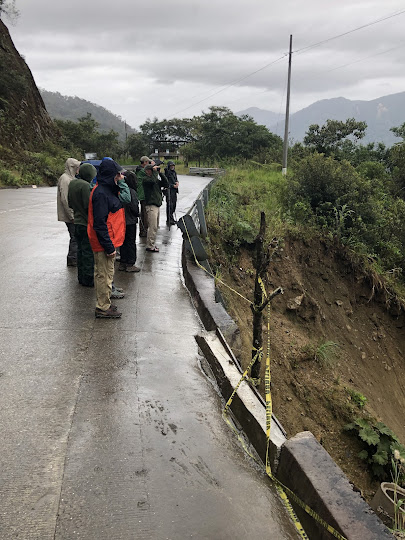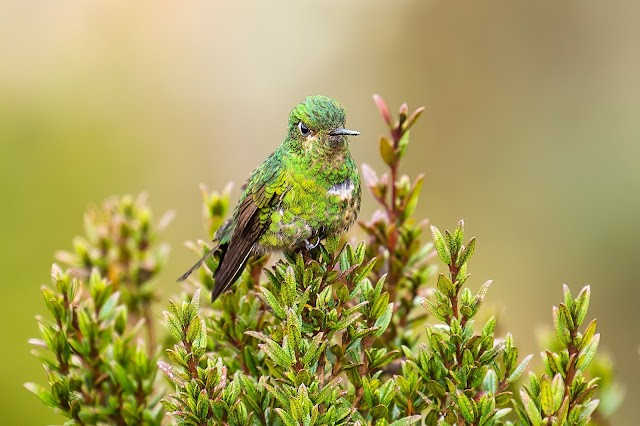This trip to Southern Ecuador grew out of our need to expend a credit with tour provider Tropical Birding, created when a 2020 trip to Oaxaca was cancelled. TB was not particularly generous and I probably would not have used them were it not for the credit. And given the ongoing COVID uncertainty, I would have waited longer were it not for the credit deadline.
As travel restrictions and requirements became more stringent, planning got more complicated. It’s now necessary to get PT-PCR tested no more than 72 hours before departure and, of course, test results can take up to 72 hours. Hope for the best or pay $150 for a rapid test. Realizing it’s even possible to test positive, I increased the travel insurance to cover some of the tour costs, as well as medical emergency coverage. But I coughed up the $150 and got a negative result (that's the good one).
The next hurdle is air travel, snarled by COVID and weather but "On Time" as of this writing. American Airlines did its best to ensure that our travel schedule was as inconvenient as possible, thoughtfully changing flight details 2 or 3 times to get us to places between 11 PM and 2 AM, and allowing us to leave places at 4:30 AM. But at least I’ll be meeting up with friends from Arizona, who are also connecting through Miami.
My priorities are hummingbirds, of which 90 or more species are possible, including a few that only occur in the area we are traveling. And one that was only discovered a few years ago. I’ll continue to ponder the evolutionary influences that resulted in some 350 hummingbird species of almost unimaginable variety in plumage and habits. My infatuation with hummingbirds came late, a late-life regret right up there with having sold my 1957 Ducati motorcycle in 1967.
Overall, the trip could find over 750 species of birds, a remarkable 7.5% of all the birds in the world.



























